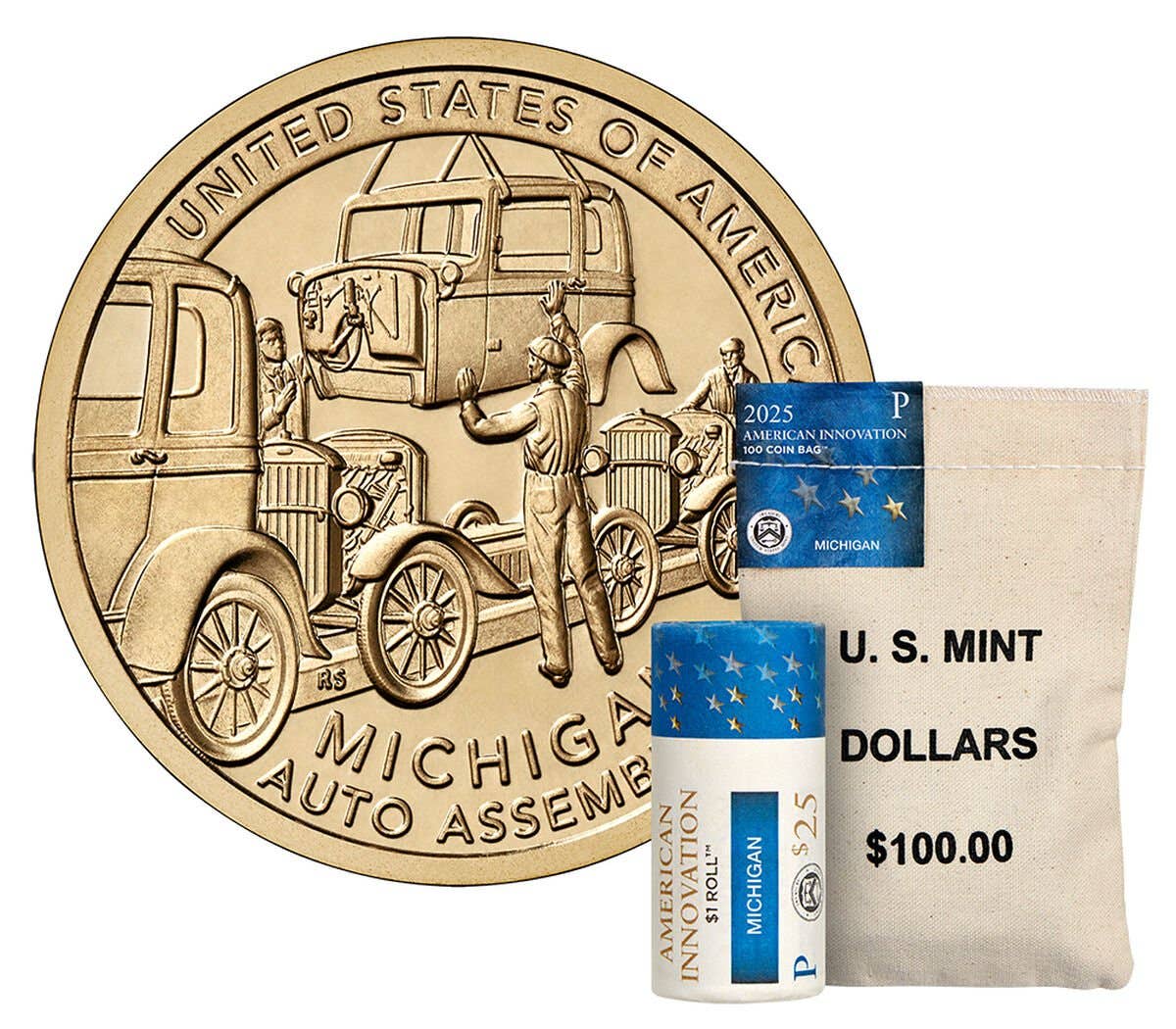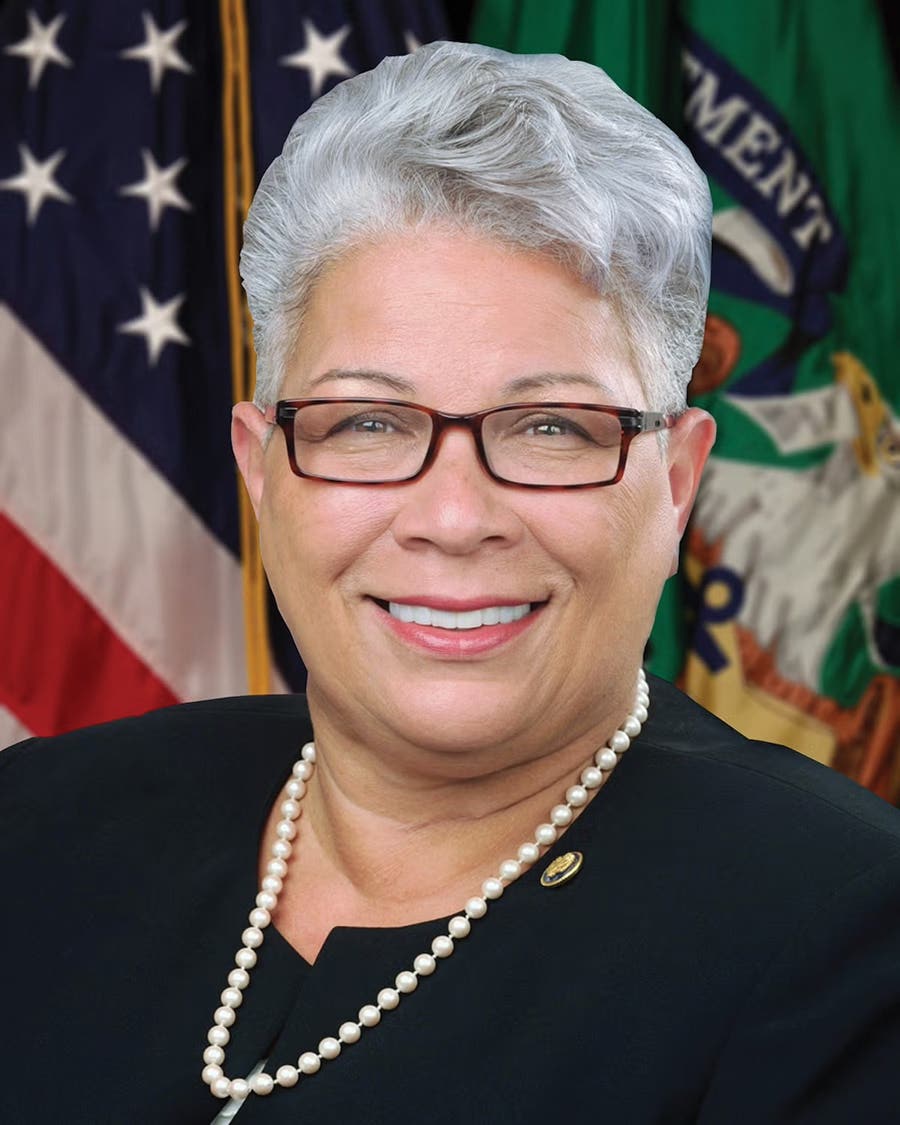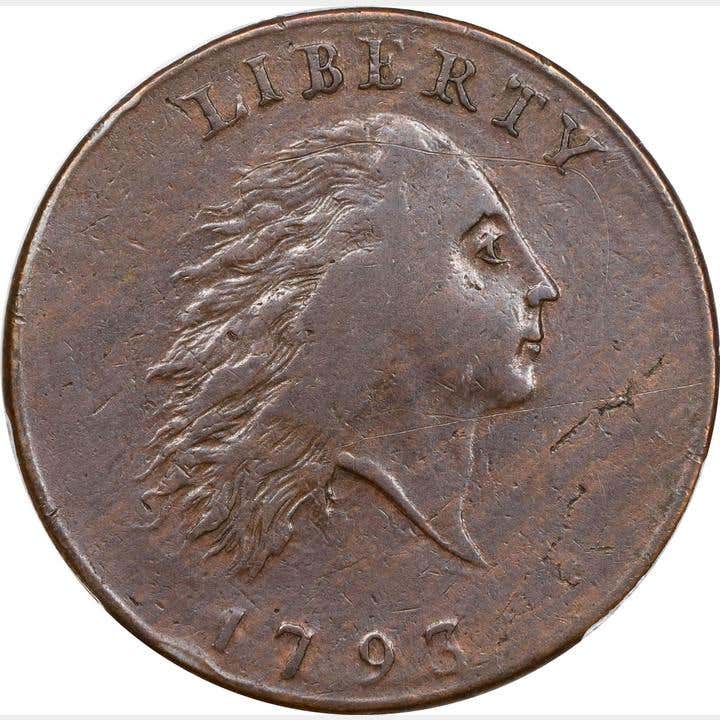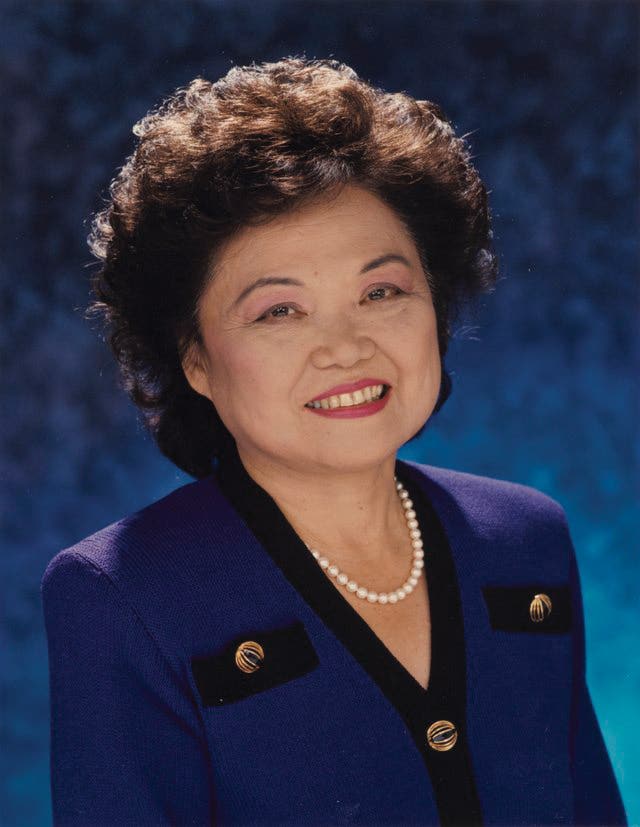Buildings vary widely on U.S. coins
Topical collectors may enjoy saving coins depicting birds, animals, ships, or other designs. One not so popular topic is buildings on coins. The United States series has many interesting coins depicting buildings, besides Lincoln’s log cabin and the Capitol. Collectors who focus on United States coins featuring buildings have Presidential homes, museums, schools, a mint and even a church.
Topical collectors may enjoy saving coins depicting birds, animals, ships, or other designs. One not so popular topic is buildings on coins. The United States series has many interesting coins depicting buildings, besides Lincoln’s log cabin and the Capitol. Collectors who focus on United States coins featuring buildings have Presidential homes, museums, schools, a mint and even a church.
Buildings on coins go back to Colonials. The 1714 Gloucester token shows a nice rendering of the Gloucester County Courthouse in Virginia. A New York token of 1797 depicts the Park Theatre, which officially opened in 1798 with a production of a Shakespeare play, and closed decades later after three fires.
Three Presidential homes can be seen on United States coins. Thomas Jefferson’s home, Monticello, in Virginia, has appeared on the nickel since 1938, with a different view of the home on the Jefferson silver dollar. The larger coin shows the building in more of a side view, with trees on either side.
James Madison’s home Montpelier, also in Virginia, appears on the 1993 silver dollar honoring the fourth president. The home seems rather small on the coin, with large lettering dominating the reverse design. Montpelier is seen again on the 1999 Dolley Madison dollar, a larger and more detailed rendering, showing trees and the home’s beautiful surroundings. Dwight Eisenhower’s home in Gettysburg, Pa., is shown on the 1990 Ike commemorative silver dollar, perhaps a more attractive coin than the regular-issue Ike dollar of 1971-1978.
The Memorial to William McKinley in Niles, Ohio, is featured on gold dollars of 1916. This memorial to the slain president is open to the public, including a museum and a library. The sale of these dollars helped to fund the Memorial.
Abraham Lincoln’s log cabin home in Kentucky is shown on the first of four 2009 cents commemorating the life of the 16th president. This first design change represents Lincoln’s early childhood. Ulysses Grant was also born in a log cabin, in Ohio; his first home is shown on commemorative half dollars and gold dollars issued in 1922.
Booker T. Washington half dollars feature the slave cabin in Virginia where he was born, along with a small section of the Hall of Fame in New York. The Hall of Fame features an open colonnade, displaying bronze busts of the inductees; the small rendering on the coin doesn’t do it justice.
Like what you're reading? Subscribe to our FREE email newsletter![form id="27827"]
Independence Hall in Philadelphia is seen on the 1976 Bicentennial half dollar, and also on the 1926 commemorative $2.50 gold coin – two very similar designs.
A virtual tour of Washington, D.C., can be seen on modern commemorative coins. The Capitol building is honored on a 1994 silver dollar showing the familiar dome. A very different view appears on the fourth design used on 2009 Lincoln cents. This design shows the Capitol as it appeared during Lincoln’s presidency – with the dome under construction. The Capitol building also appears on the 1989 Congress Bicentennial half dollar. The United States Capitol Visitors’ Center is seen on 2001 silver dollars, clad half dollars and $5 gold coins, along with the Capitol on the dollar and half dollar.
The White House appears on a silver dollar of 1992, commemorating the 200th anniversary of the famous building; the north portico is shown. The famous Smithsonian Institution was commemorated with its own coins in 1996, the 150th anniversary year.
A state capitol building appears on the 1946 Iowa half dollar. The original capital was in Iowa City. When Des Moines became the capital, the Iowa City building was deeded to the University of Iowa and still is open for tours as a National Historic Landmark.
The 1936 half dollar commemorating the California Pacific International Exposition at San Diego shows two lesser known buildings on its reverse: the California Building and an observation tower, two buildings at the exposition.
A lovely church founded in 1699 appears on the Delaware half dollar. The Old Swedes Church still stands, not far from where the first Swedish settlers landed. Tours of the church are available, including a museum, an old house and a graveyard. Collectors who are serious about their commems and history may enjoy taking a trip to see this historic building.
Serious collectors enjoy the designs used on the 2006 coins commemorating the centennial of the Old San Francisco Mint. “The Granite Lady,” the nickname for the Mint, appears on the silver dollar, with a great view of the building. A head-on view appears on the $5 gold piece. Interestingly, the reverses of these coins are the same designs used on two of the most popular San Francisco Mint coins of the 19th century – the Morgan dollar and the Liberty half eagle – right down to the “S” mintmark in the same place.
Schools appear on a few commemorative issues. Little Rock Central High School in Arkansas is depicted on a 2007 silver dollar commemorating desegregation in education. Look closely at a 2002 West Point Bicentennial silver dollar and the buildings of the Academy are seen in the background.
Not a popular theme among topical collectors, buildings appear on more than a few Untied States coins and not all of them are commemoratives. Numismatists who collect coins depicting buildings may want to learn more about the special structures and may want to research or even visit some of the buildings. Tours are available for the Capitol and the White House, of course. But a tour of the old Iowa capitol, or the Old Swedes Church, while not that popular, can be quite interesting, especially to a collector who knows a little background. Realizing the historical importance of some of the lesser known buildings on coins can lead a collector to a whole new interest, while enhancing his or her appreciation of the United States coins featuring buildings.
More Coin Collecting Resources:
• Subscribe to our Coin Price Guide, buy Coin Books & Coin Folders and join the NumisMaster VIP Program








